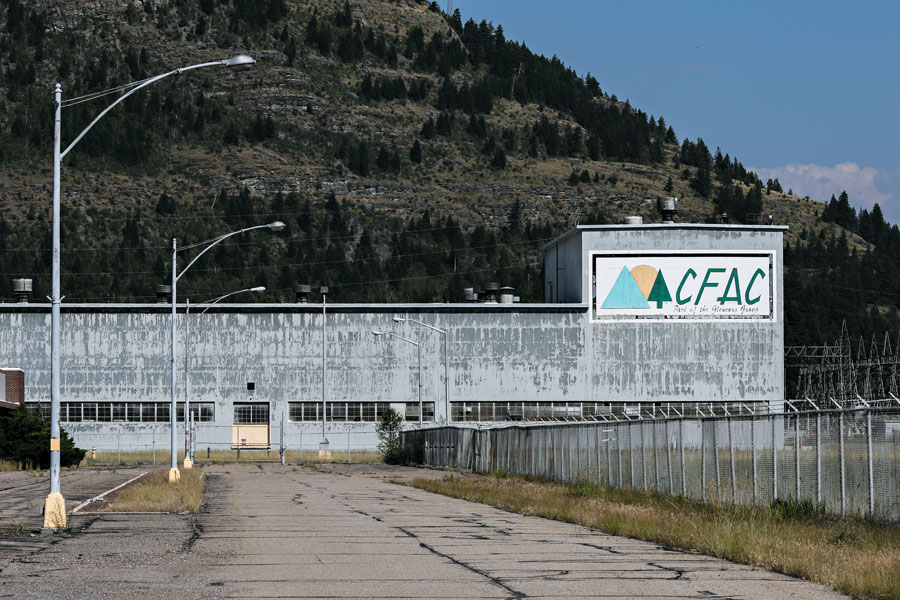Draft Feasibility Study Completed, River Restoration Moving Forward at CFAC Superfund Site
Fast-tracked project to return Flathead River to natural channel entering final phase; site-wide remediation work scheduled to begin by middle of 2022
By Andy Viano
A project green-lit by the Environmental Protection Agency (EPA) last summer to protect the Flathead River against contamination from a nearby percolation pond is entering its second and final phase as the Columbia Falls Aluminum Co. (CFAC) awaits feedback from the EPA on its draft feasibility study, one of the final pieces of the years-long cleanup effort at the shuttered aluminum plant.
Representatives from CFAC, the EPA and the Montana Department of Environmental Quality (DEQ) held a virtual public meeting on Feb. 11 to discuss the latest progress at the Superfund site, work that began in 2014. CFAC Project Manager John Stroiazzo called 2020 “a feasibility study year,” during which a team of scientists and engineers analyzed years of data, identified the areas of the site most in need of remediation and made recommendations on how that cleanup should be done.
The draft feasibility study was submitted to the EPA in October 2020 and identified five so-called decision units where work was needed — at two landfill sites, on a soil project and at the north and south percolation ponds — along with a ranking of proposed remediation tactics. Those recommendations will be discussed with the EPA over the next several months, with the EPA then expected to issue a record of decision sometime in early to mid 2022. It is at that point that remediation work is anticipated to begin in full.
But CFAC was given permission to begin one project early after the team identified a more pressing need to clean up the south percolation pond near the Flathead River. Stroiazzo said natural river migration and sediment from the nearby Bad Rock Canyon had begun to put pressure on a set of barriers separating the river from the contaminated pond that was built by the site’s previous owners in the 1960s.
“We did not want to see these (contaminants) washed into the river,” Stroiazzo said in an interview with the Beacon on Feb. 12. “It was felt that it would just be a matter of another season or two and the river would overtake (the barriers) … The inevitable was going to happen.”
The EPA approved the early remediation in July 2020 and work began late last year when Sandry Construction removed the contaminated sediment from the bottom of the pond. Phase two of the project will begin on Feb. 22, at which time Sandry will remove a sheet pile wall and riprap that should allow the river return to its natural channel for the first time in decades.
CFAC also revealed that all scheduled demolition work at the site has been completed. An administrative building, three warehouses and a fabrication shop still remain at the site, along with a parking lot and fencing, all infrastructure intended to make the site attractive to a future tenant once cleanup is complete.
Meanwhile, a lawsuit between CFAC and the plant’s previous owner, the Atlantic Richfield Co. (ARCO), remains pending in U.S. District Court. CFAC sued ARCO in 2018 claiming the former owner bore the bulk of the responsibility to pay for the cleanup efforts. A judge denied ARCO’s request for a partial summary judgment in the case late last year.
The Feb. 11 meeting also ushered in a new era of EPA supervision of the site. Mike Cirian, who was overseeing the agency’s efforts in Columbia Falls after spending years doing the same at another Superfund site in Libby, announced he was retiring from the agency at the end of February. Ken Champagne is the new EPA project manager at the CFAC site.